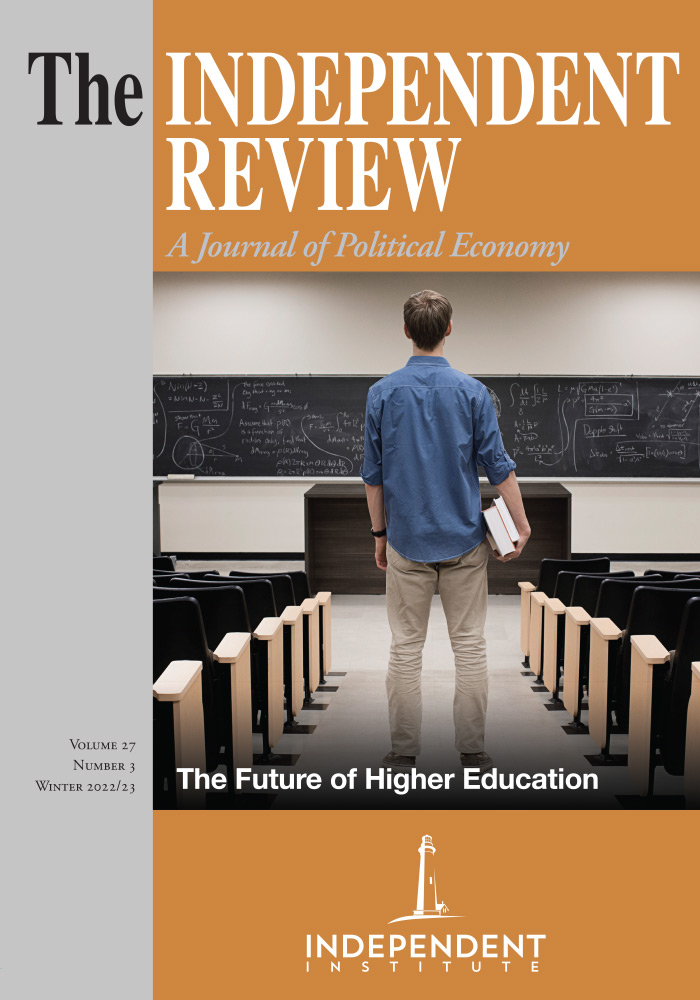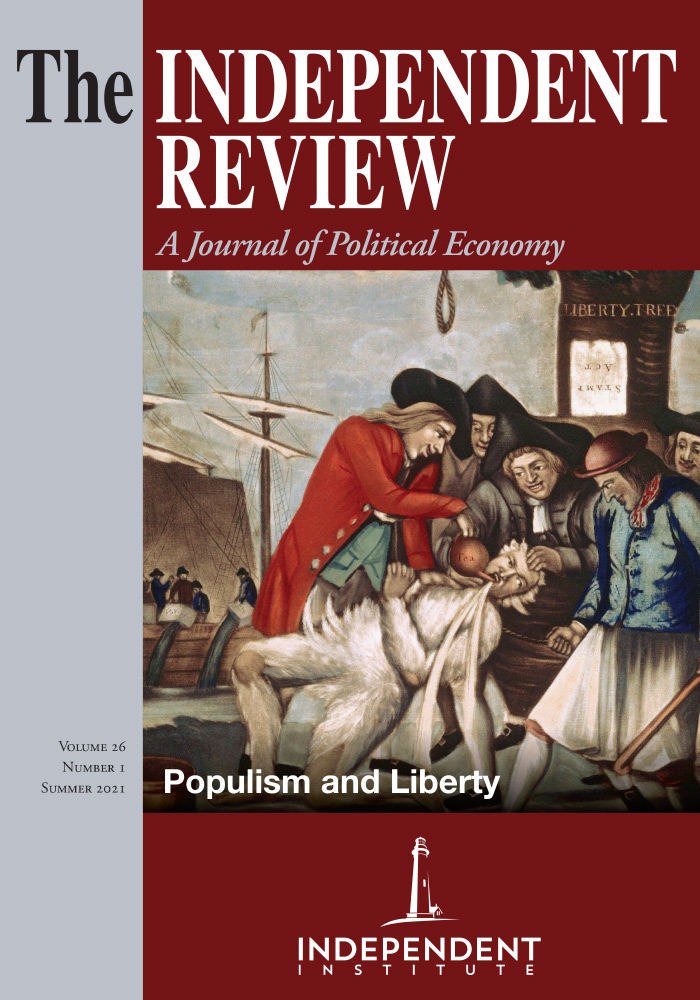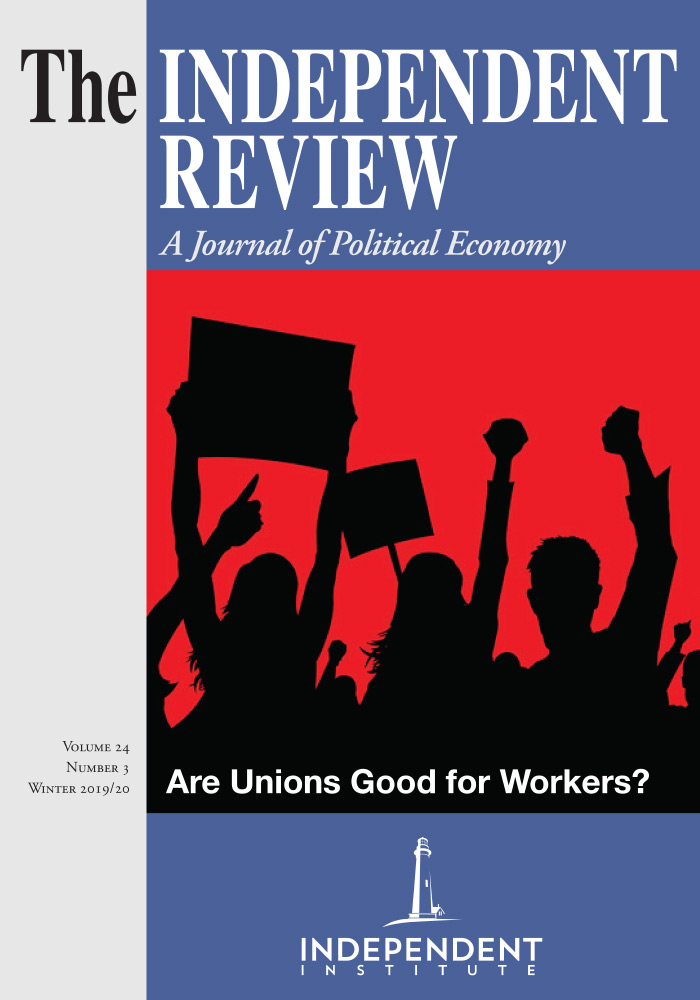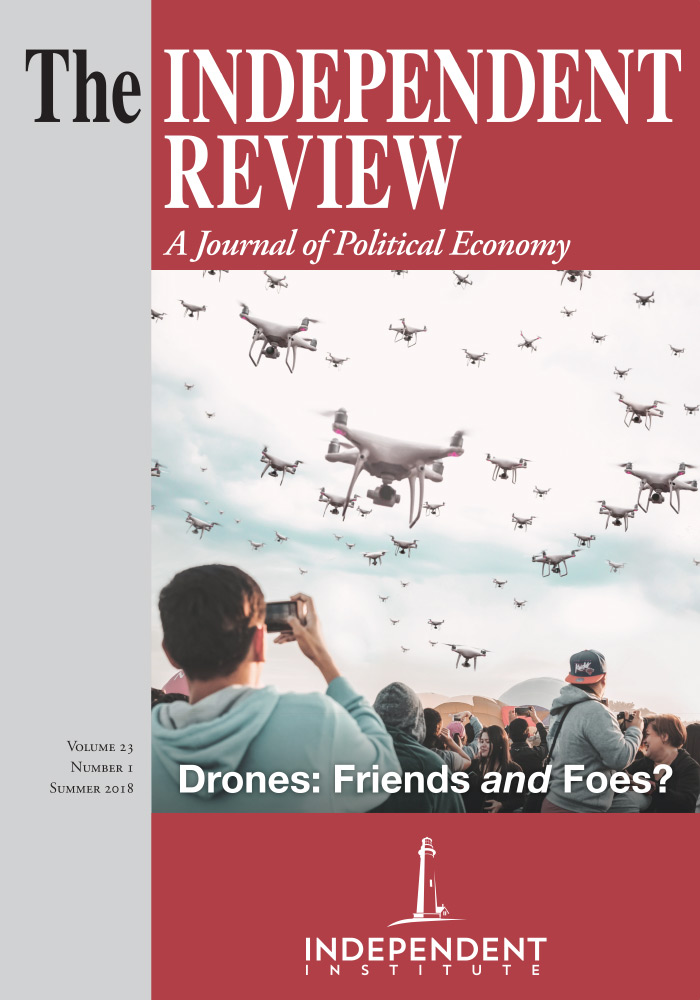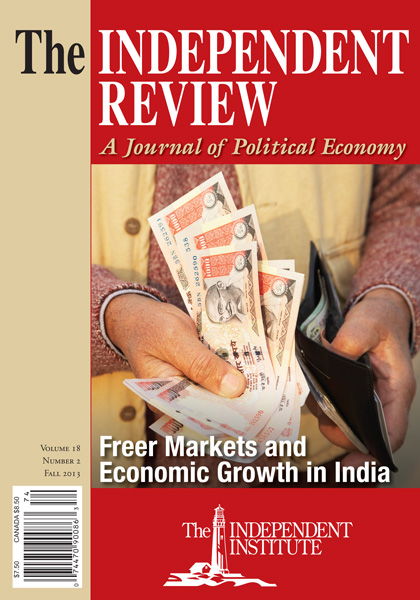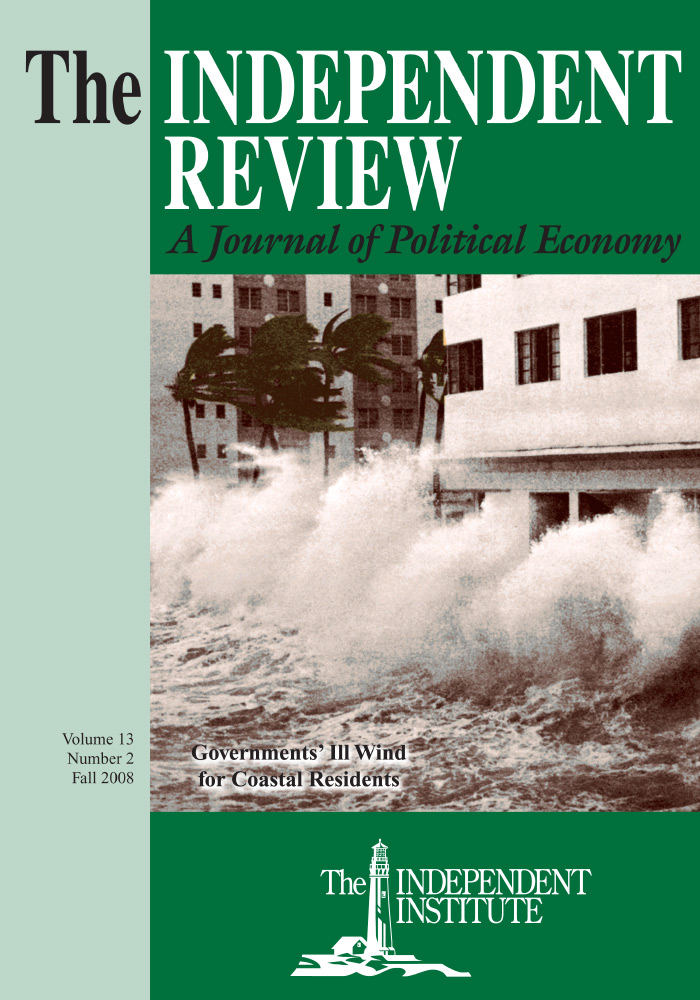In recent years, many politicians and political pundits have lamented what they perceive to be growing political divisiveness in the United States. Public-opinion polls have confirmed the reality of this growing divisiveness (Badger and Chokshi 2017; Hook 2017; Pew Research Center 2017). Nearly everyone who remarks on this phenomenon views it as regrettable, and many offer recommendations for alleviating it, especially by embracing a greater willingness to compromise in Congress and among the public. Not many commentators, however, have evinced an understanding of how the heightened divisiveness came about or of the necessary condition(s) for reducing it.
To understand recent trends in political divisiveness, it might help to recall the situation at an earlier time when such divisiveness was not so great—say, during the 1950s or perhaps even as recently as the 1990s. In those days, the two major political parties as a rule kept their squabbling between the forty-yard lines. They and their supporters among the public agreed on the fundamental political issues (e.g., anticommunism in foreign affairs, a sizable welfare state at home). Of course, even within the accepted bounds of political dispute, disagreements and conflicts might become heated from time to time in certain areas, yet, given the broad agreement on the nature of the regime, politicians and their supporters could fashion compromises that kept nearly all changes within the established bounds. Indeed, politicians could brag about and take credit for their capacity to forge compromises, and few held this flexibility against them or accused them of being sellouts.
In more recent times, however, as the government has grown and extended its involvement into more—and more important—areas of life (e.g., comprehensive health-care insurance coverage and broad-gauge financial-rescue operations such as those undertaken in 2008 and 2009), the perceived stakes have become greater in the minds of political actors. With more at stake, people’s willingness to compromise has declined: compromise may be too costly for them to tolerate. So as government grows, extending its scope and power into more corners of economic and social affairs, it pushes more and more people beyond their thresholds of acceptance.
Now, whenever the government grows, it does not simply take an action and push it onto an unwilling public or a large unwilling part of the public, telling those who oppose it to “like it or lump it.” Such an overbearing imposition is well-nigh guaranteed to increase and sharpen the existing resistance to the action and thus to make the implementation of the government’s new policy more difficult. To ease the imposition of an action on unwilling parties, the government and its supporters always clothe it in attractive ideological garb, claiming that it affords great benefits for the general public, necessary protections from foreign or domestic threats, and so forth. Some potential resisters are likely to be persuaded by such ideological cover stories—if they weren’t, the government’s propaganda would be pointless. So ideology, it turns out, plays an essential role in the conduct of any government’s operations, especially when it is expanding the scope of such operations.
More than thirty years ago I formulated a conception of ideology (a highly contested concept among scholars) that I have found helpful in analyzing the nature of government and its growth. In my conception, ideology is “a somewhat coherent, rather comprehensive belief system about social relations.” Such a system must have “four distinct aspects: cognitive, affective, programmatic, and solidary” (Higgs 1987, 37; for an extended discussion of ideology viewed in this way, see chapter 3 of the same source, “On Ideology as an Analytical Concept in the Study of Political Economy,” 35–56). The key connection between ideology and political action arises from the fourth aspect, solidarity among an ideology’s adherents. This solidarity establishes an identity because affiliation with an ideology defines the kind of person one is and wishes to be, and maintenance of this identity requires that a person act as a faithful comrade of others who identify likewise. An ideology thus defines and solidifies personal identity, but it simultaneously defines the enemy—as someone has said, it tells the ideological adherent whom to fear and whom to hate.
As government grows, pushing into more and more areas of social and economic life and evoking an ideological rationale to justify its action and attract supporters, it simultaneously causes its supporters to identify those who oppose the action as “the other” and even as “the enemy.” When people come to view each other in this stark fashion, social and political divisiveness is almost certain to increase. During the past several decades, as a harsh and unforgiving view of political opponents has grown, the fear and loathing of those who “are not with us” may well have been the main avenue along which the willingness to compromise has declined.
If such has been the case, it follows that a necessary condition for the alleviation of such divisiveness is the retardation or cessation—perhaps even the reversal—of the government’s growth. Even if meeting such a condition should be proposed or carried out, however, the problem is that a sort of Tullockian transitional-gains trap (Tullock 1975) may impede such a turnaround. Many individuals and groups have become deeply and variously embroiled in the government’s current scope and power, and they are likely to resist fiercely any attempt to reverse the process they helped to push forward in recent decades. They will fight any changes that would require them to surrender benefits, policies, and programs in which they are deeply invested not only materially but also ideologically. Such resistance constitutes one of the important aspects of the ratchet effect in the growth of government, whereby each major lurch toward greater government becomes at least in part irreversible (Higgs 1987, 57–74; 2012, 75–97)
References
Badger, Emily, and Niraj Chokshi. 2017. How We Became Bitter Political Enemies. New York Times, June 15. At https://www.nytimes.com/2017/06/15/upshot/how-we-became-bitter-political-enemies.html.
Higgs, Robert. 2012 [1987]. Crisis and Leviathan: Critical Episodes in the Growth of American Government (25th Anniversary Edition). Oakland: Independent Institute.
———. 2012. Delusions of Power: New Explorations of the State, War, and Economy. Oakland, Calif.: Independent Institute.
Hook, Janet. 2017. Political Divisions in the U.S. Are Widening, Long-Lasting, Poll Shows. Wall Street Journal, September 6. At https://www.wsj.com/articles/political-divisions-in-u-s-are-widening-long-lasting-poll-shows-1504670461.
Pew Research Center. 2017. Political Polarization, 1994–2017. October 20. At http://www.people-press.org/interactives/political-polarization-1994-2017.
Tullock, Gordon. 1975. The Transitional Gains Trap. Bell Journal of Economics 6 (Autumn): 671–78.
| Other Independent Review articles by Robert Higgs | ||
| Fall 2019 | Pressure-Release Valves in Participatory Fascism | |
| Winter 2018/19 | Two Worlds: Politics and Everything Else | |
| Fall 2018 | Against the Whole Concept and Construction of the Balance of International Payments | |
| [View All (62)] | ||






